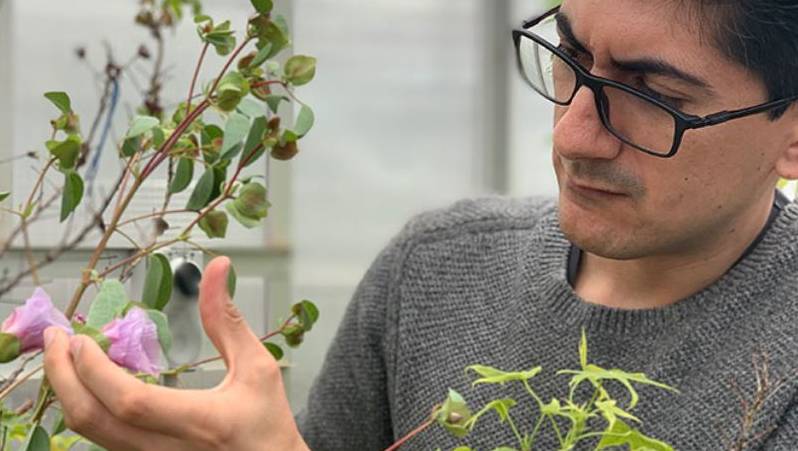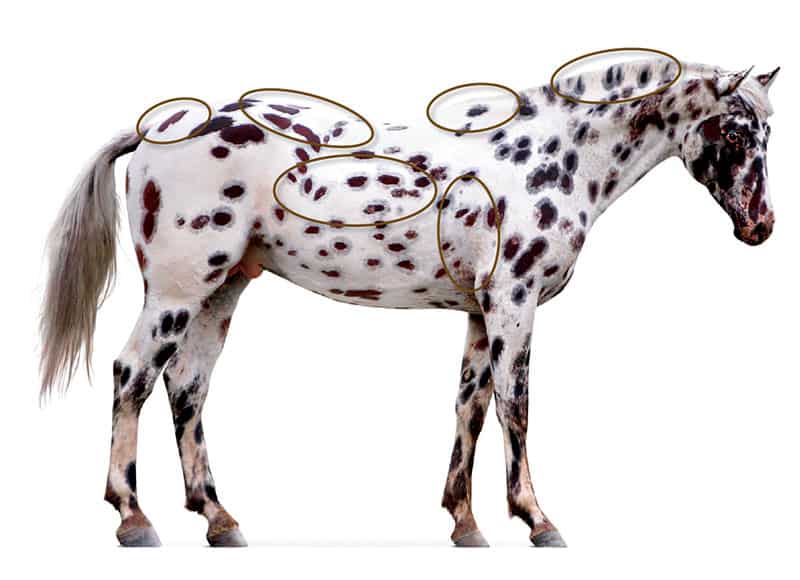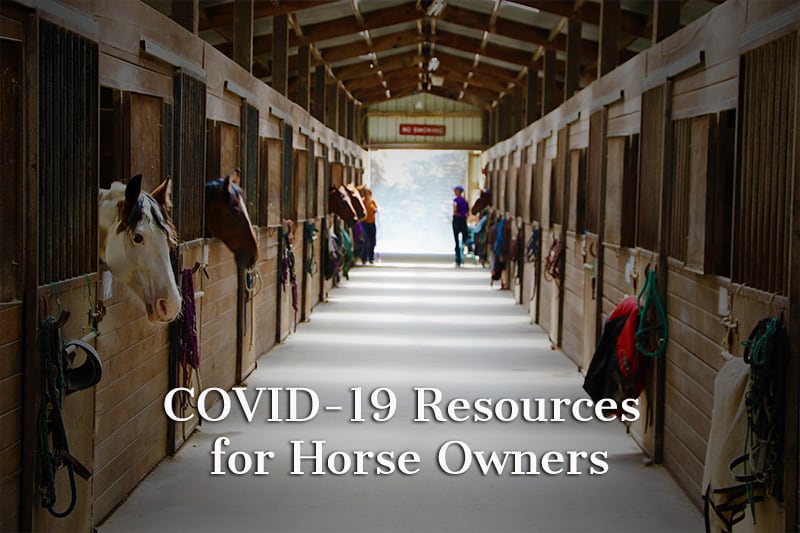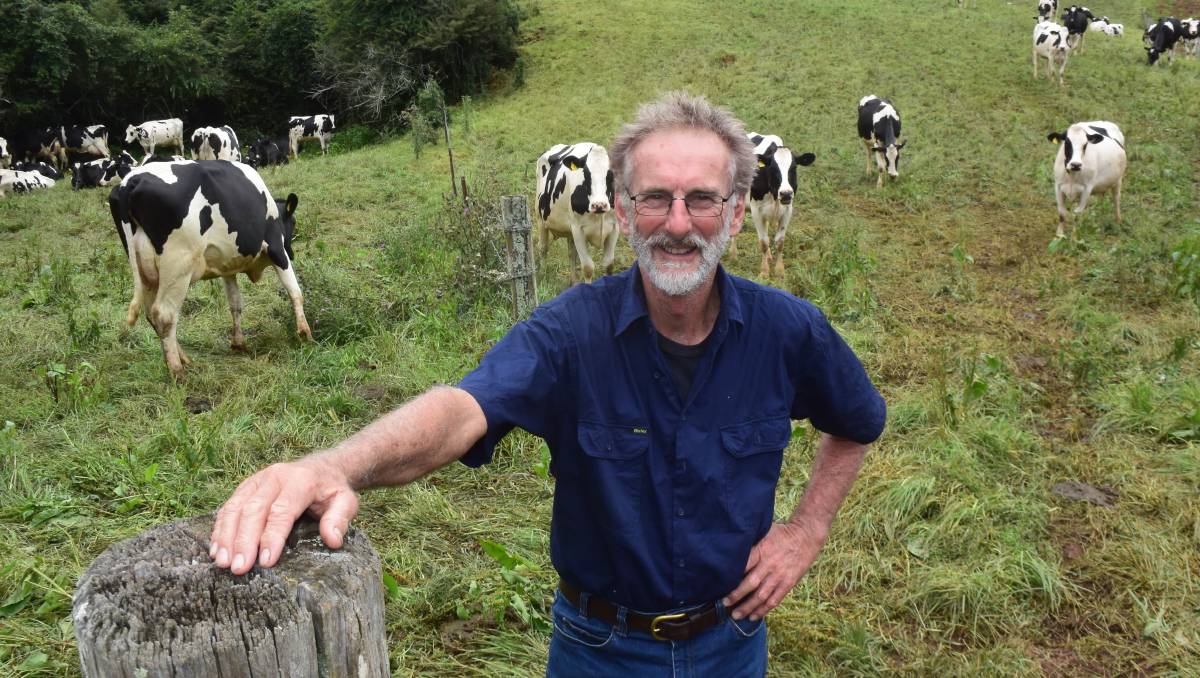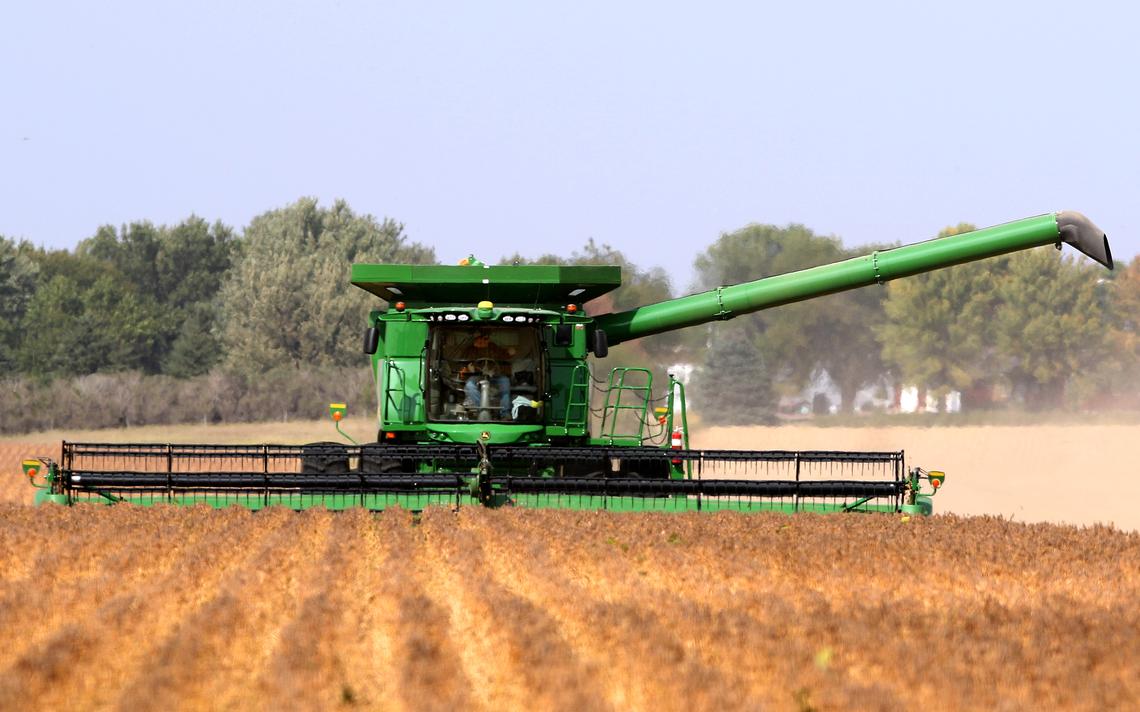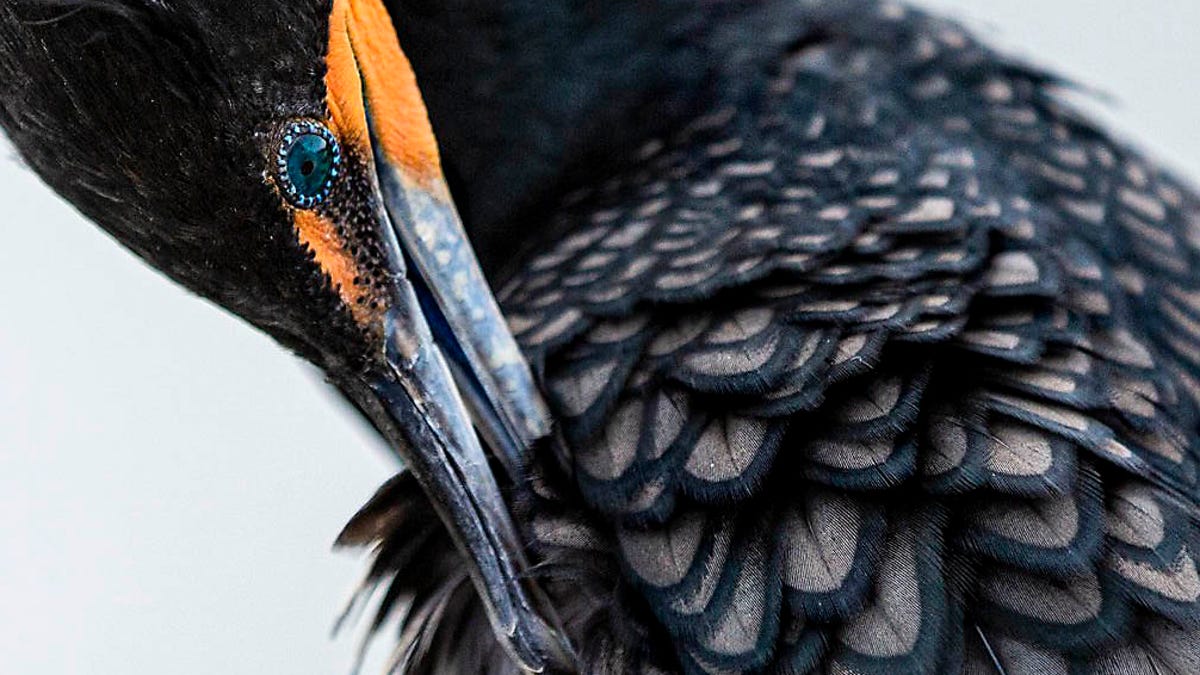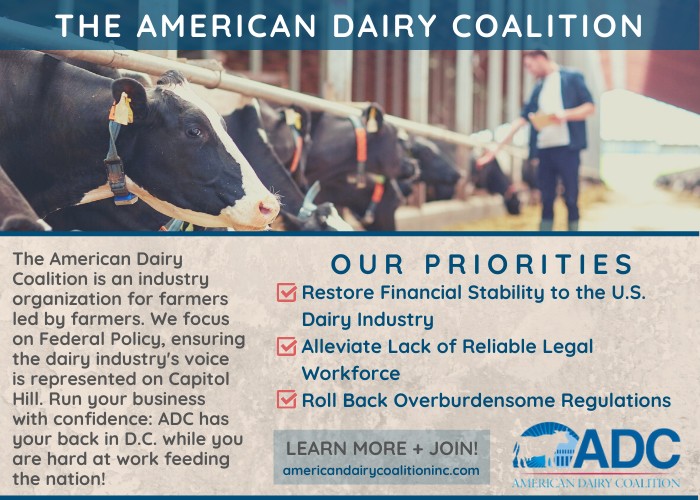01/02/2021 SOURCE: www.jamestownsun.com
Data generated by NDSU soybean planting rate and row spacing field trials was conducted from 2008 through 2019.
NDSU soybean plant population and row spacing recommendations updated | Jamestown Sun
-
(0)
-
Bookmark
- Comments. (0)
01/02/2021 SOURCE: www.independent.co.uk
For years, edible insects have been billed as the next sustainable food revolution. Daisy Dunne explores why we still haven’t developed a taste for grub
Why aren’t we all eating insects?
-
(0)
-
Bookmark
- Comments. (0)
 John LaRose Jr.
John LaRose Jr.
Topics: Cotton, Beekeeping, Sustainability, Research, World Population, Ag Australia/NZ, Pollinators,
Cotton heatwave pollination riddle solved
A valuable research breakthrough from Macquarie Uni may lead to more heat tolerant cotton varieties.
-
(0)
-
Bookmark
- Comments (1)
 Isaac L
Isaac L
Topics: Equine/Horse, Education,
Trim Excess Pounds From Your Equine Athlete – The Horse
Follow these straightforward steps to help your horse lose weight and gain a competitive advantage.
-
(0)
-
Bookmark
- Comments (0)
 Isaac L
Isaac L
Topics: Agriculture Global, Equine/Horse, Coronavirus/COVID, Education,
COVID-19 Resources for Horse Owners – The Horse
The unprecedented coronavirus pandemic has changed how we interact with each other and care for our horses.
-
(0)
-
Bookmark
- Comments (0)
 Isaac L
Isaac L
Topics: Agriculture Global, Food/Nutrition, Food Waste, Sustainability, World Hunger, World Population,
5 world hunger facts you need to know | World Vision
Around the world, 690 million people regularly go to bed hungry. Here are five facts you should know about global hunger and nutrition.
-
(0)
-
Bookmark
- Comments (0)
 John LaRose Jr.
John LaRose Jr.
Topics: Dairy, Organic, Ag Global Specialty Food, World Population, Ag Australia/NZ,
Comboyne dairy clean sweep
Top Norco dairyman no stranger to winning awards for best quality with herd management central to success.
-
(0)
-
Bookmark
- Comments (0)
 John LaRose Jr.
John LaRose Jr.
Topics: Livestock/Meat, Agriculture US, World Population, Coronavirus/COVID,
Agriculture in 2020: Good for some, not for others | The Globe
Livestock producers challenged by COVID-19; crop farmers enjoy better weather, better yields in 2020
-
(0)
-
Bookmark
- Comments (0)
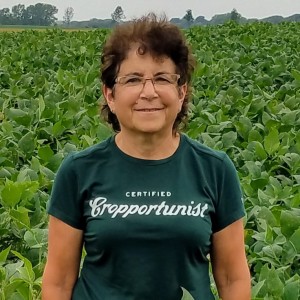 Nancy Kavazanjian
Nancy Kavazanjian
Topics: Conservation/Tillage, USDA,
USDA seeks comments on whether to destroy double-crested cormorants in Ohio
USDA published a document examining damage from double-crested cormorants in Ohio. The agency is accepting comments through Jan. 15.
-
(2)
-
Bookmark
- Comments (0)




